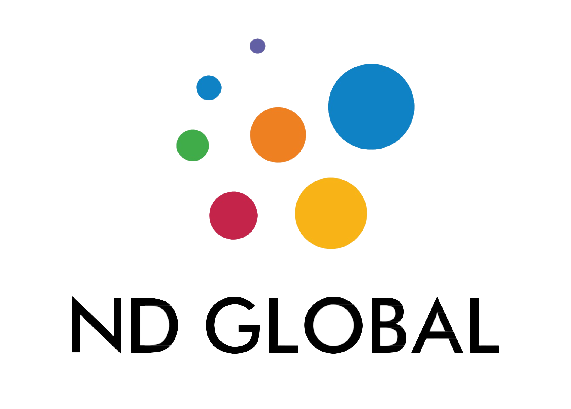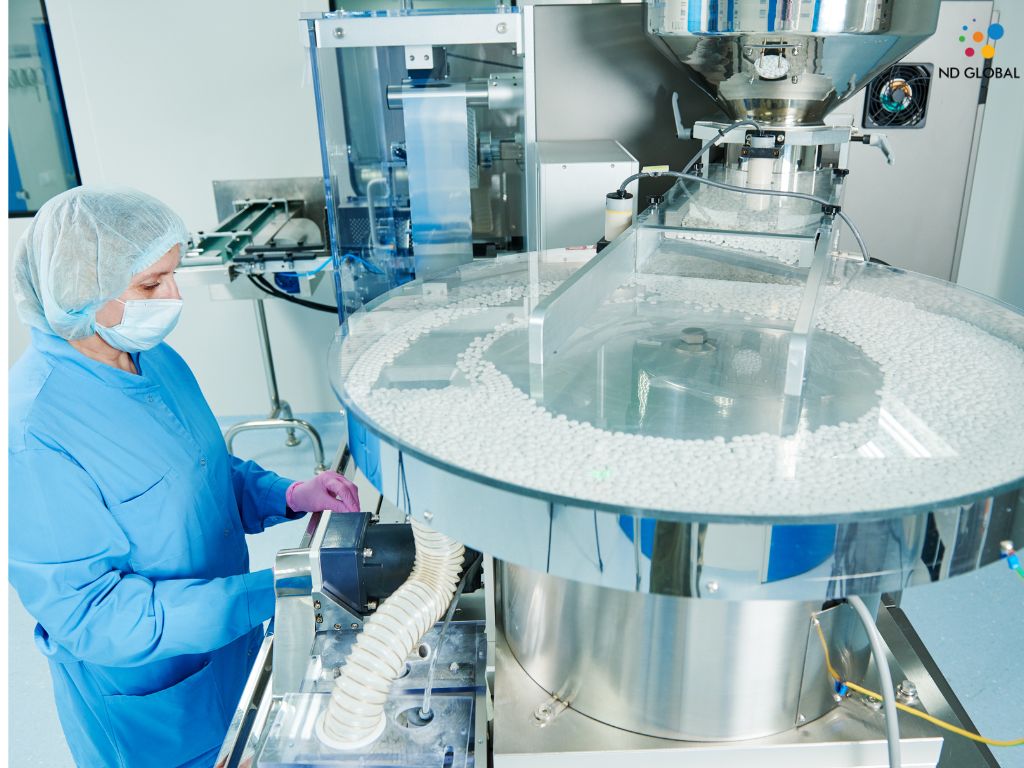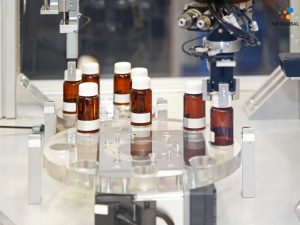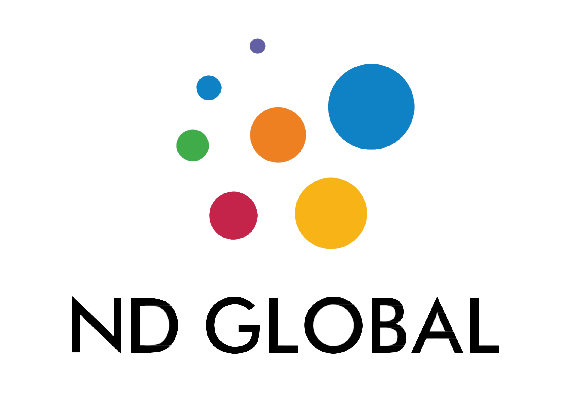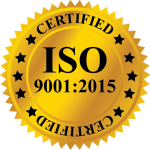INTRODUCTION – Design Qualification includes all facets of facility and equipment design and acquisition. It is meant to have everything that could happen during the design, development, and checkout phases, as well as the equipment procurement and supplier checkout processes. DQ is the process of confirming that the plan satisfies user requirements, emphasizing GMP and product quality requirements. The terms of the contract may determine how much DQ is required. Typically, DQ involves three phases in pharma and biotech facilities. Design Qualification (DQ) is a documented process in the pharmaceutical industry that systematically demonstrates and ensures that a particular equipment design meets the pre-established requirements and intended purpose. It is a crucial phase in validating equipment used in pharmaceutical manufacturing, confirming that the plan is fit for its intended purpose and complies with regulatory standards. Design Qualification is essential in the pharmaceutical industry’s overall equipment qualification (EQ) process. It helps to ensure that equipment is designed to produce high-quality products consistently and in compliance with regulatory requirements.
THERE ARE 3 STEPS INVOLVED IN DQ – The first step is double-checking the Purchase Order (PO) and User Requirement specifications. PO may also be known as a request for purchase (RFP) in some contexts. A vendor who has agreed to provide you with material that satisfies all technical and financial requirements may submit an RFP. Following receipt of the RFP, review all equipment needs according to the URS and your specifications, then cross them against the vendor’s specs. Take special notes to ensure that each part fits together. Technical specifications, traceability, and the vendor’s agreement to furnish material to your specifications are all important considerations. Read the final technical annexures and between the lines correctly as well. This committee will choose the engineering and quality-production team.
The second phase requires you to use your URS to confirm every Detailed Design Specification the vendor submits in the RFP. This comes back to equipment drawings and traceability once more. If there are any deviations during this step, you must create reports about them, send them again to your provider, and record them at your business. Upon receiving a revised RFP from the vendor that includes updated technical specifications and drawings, you must review the deviation reports and take any necessary corrective action by cross-referencing them with the updated document. Your deviation documentation and disciplinary action documents need to be correctly numbered.
Cross-referencing your FAT results with the Detailed Design parameters is the final stage. You must provide an overview of every outcome, and this is predicated on the deviation reports you previously generated. Corrective measures will be applied at equipment commissioning or site acceptance tests, depending on what works best for the buyer and seller.
Comprehensive Considerations in Design Qualification (DQ) Process:
1. Risk Assessment: Conduct a thorough risk assessment during the DQ process to identify and mitigate potential risks associated with the equipment design. This may include critical process parameters, safety, and regulatory compliance considerations.
2. Regulatory Compliance: Ensure the equipment design aligns with relevant regulatory requirements and guidelines, such as Good Manufacturing Practice (GMP) and other industry-specific regulations. The DQ report should explicitly address how the design meets these standards.
3. Documentation Review: Review and document all relevant design documentation, including engineering drawings, specifications, flow charts, and process charts. Ensure these documents are complete, accurate, and compliant with the User Requirement Specifications (URS).
4. Verification of Functional Requirements: Validate that the equipment design meets all functional requirements specified in the URS. This involves a detailed examination of how each component and feature contributes to the overall functionality of the equipment.
5. Material Traceability: Verify the traceability of materials used in the equipment construction. This is crucial for ensuring that materials comply with safety and quality standards and aids in traceability in case of issues or recalls.
6. Equipment Supplier Assessment: Assess the capabilities and reliability of the equipment supplier. This involves evaluating their track record, quality management system, and adherence to industry standards. A reputable supplier enhances the likelihood of a successful DQ.
7. Life Cycle Considerations: Consider the equipment’s entire life cycle during the design qualification process. This includes maintenance requirements, scalability, and the potential for future upgrades or modifications.
8. Validation Strategy Integration: Integrate DQ into the overall validation strategy for the equipment. Design Qualification is just one phase in the broader Equipment Qualification (EQ) process, and it should align seamlessly with Installation Qualification (IQ), Operational Qualification (OQ), and Performance Qualification (PQ).
9. Cross-functional collaboration: Foster collaboration between different departments, including engineering, quality assurance, and production, during the DQ process. This interdisciplinary approach ensures that all aspects of the equipment design are thoroughly evaluated.
10. Continuous Improvement: Establish mechanisms for continuous improvement based on the findings of the DQ process. Regularly review and update the DQ documentation to reflect any modifications or enhancements made to the equipment design over time.
11. Training Requirements: Identify and address any training requirements for personnel involved in the operation and maintenance of the equipment. Adequate training contributes to the safe and efficient use of the equipment.
12. Post-Design Changes: Define a process for handling changes to the equipment design after the initial DQ. Any modifications or updates should undergo a change control process to maintain compliance and ensure the equipment meets its intended purpose.
These additional considerations contribute to a comprehensive and effective Design Qualification process within the pharmaceutical industry.
AN EXAMPLE OF A DESIGN QUALIFICATION REPORT – The following should be included in the DQ report, but not exclusively:
1.0 ABOUT THE DOCUMENT
2.0 UPDATED HISTORY
3.0 CONTENTS TABLE
4.0 OBJECTIVE AND SCOPE (A thorough justification for the action taken and the scope of the action)
5.0 METHOD OF DESIGN QUALIFICATION
a) URS SECTION: It contains both the previous and updated URS
b) ATTACHMENTS: FAT reports, engineering drawings, flow charts, process charts, and minutes from previous reviews
6.0 ABSTRACT OF THE SYSTEM
Check-List for Prerequisites for 7.0 DQ
8.0 DQ Evaluating and Assessing
9.0 SUMMARY OF DQ RESULTS: This should be presented in tabular form with a column for each outcome.
10.0 CHANGE CONTROL RECORD / DEVIATION
11.0 APPROVAL SECTION (TEAM FOR DQ EXECUTION WITH SIGNATURES AND EXECUTION DATES)
12.0 RESULTS AND DESIGN Eligibility Section of STATUS Approval
The necessary notes and certificates about engineering controls, drawings, heat sensitivities, operating ranges, and contact material certifications will be covered in the 13.0 GMP evaluation section. This also needs to include a quick statement on the operator safety review.
14.0 TERMINOMICS AND ACRONYMS
15.0 MENTORS
16.0 ANNEXES
CONCLUSION – Design Qualification is crucial in ensuring equipment is designed to produce high-quality products in compliance with regulatory requirements. The DQ report provides a comprehensive process record, ensuring transparency and adherence to standards.
How ND Global can help – ND Global, as a staffing solution, can play a vital role in supporting the Design Qualification process in the pharmaceutical industry in several ways:
1.Expertise and Talent Acquisition: ND Global can help pharmaceutical companies in acquiring the right talent with expertise in equipment design, validation, and regulatory compliance. This ensures that the team involved in the DQ process has the necessary skills and knowledge.
2. Flexible Staffing Solutions: The pharmaceutical industry often faces fluctuations in workload, especially during the DQ process. ND Global can provide flexible staffing solutions, including temporary staff or project-based teams, to meet the specific needs of the DQ phases.
3. Industry Knowledge: ND Global, with its experience in staffing for the pharmaceutical sector, understands the industry’s specific requirements and regulatory standards. This knowledge can be valuable in ensuring that the staff provided is well-versed in GMP and other relevant guidelines.
4.Quality Assurance: ND Global can implement quality assurance measures in the staffing process, ensuring that the selected personnel meet the necessary qualifications and have a track record of success in similar projects. This enhances the reliability of the team involved in the DQ process.
5. Scalability: ND Global can help pharmaceutical companies scale their workforce up or down based on project requirements. This flexibility is essential in managing resources efficiently during different phases of the DQ process.
6. Project Management Support: ND Global can provide project management expertise to ensure that the staffing resources are effectively utilized, deadlines are met, and the DQ process progresses smoothly
